The Article
SMOOTHLAN NETWORK ENHANCER FROM STACK
29th August 2024
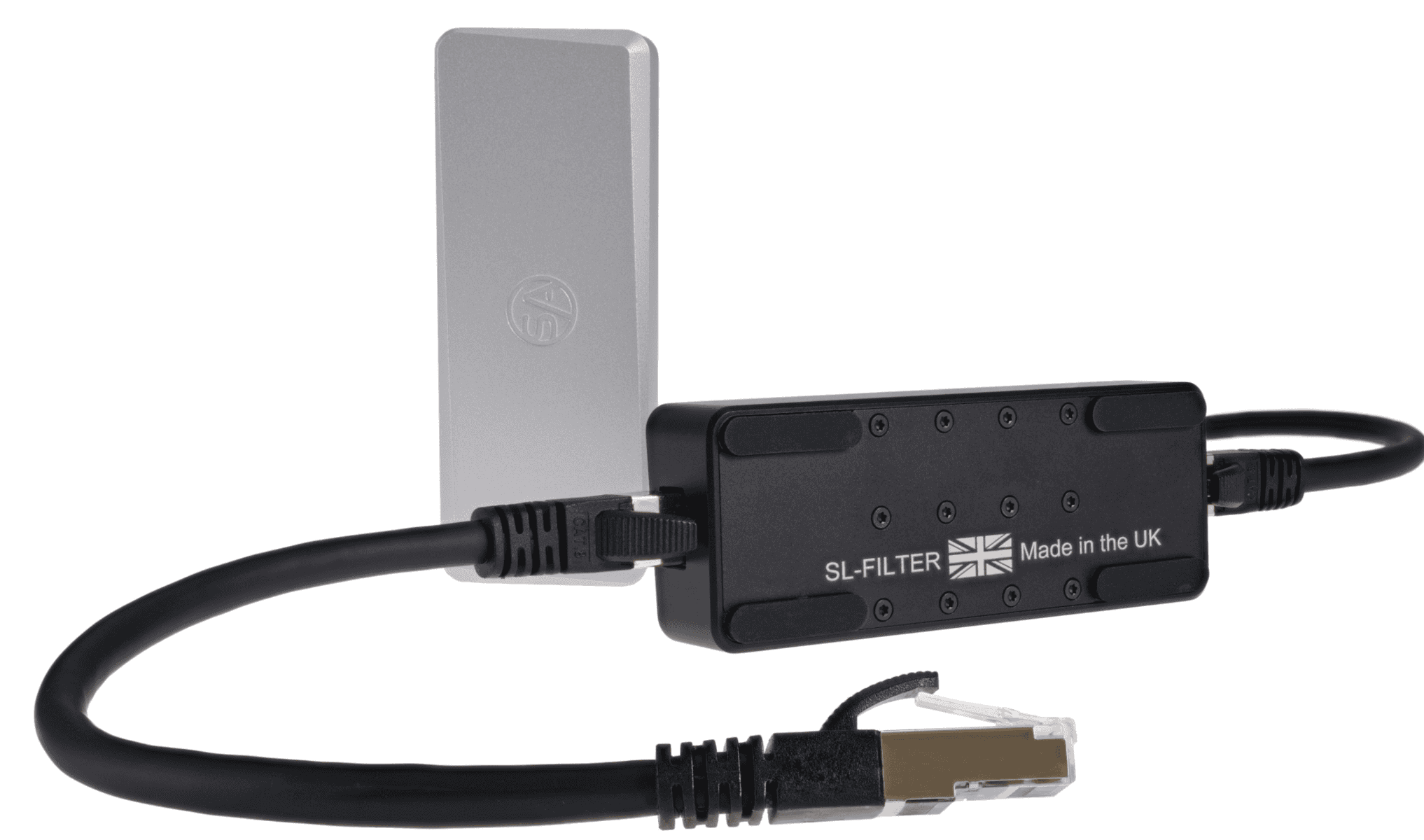
A filtering box to lower high-frequency and related noises? Paul Rigby looks forward to improving his digital experience via Stack Audio
Introducing the SmoothLAN? Right here at the beginning? Compared to other, contemporary reviews of this product? You can tell the world I live in as a journalist because my initial thoughts turn to conflict.
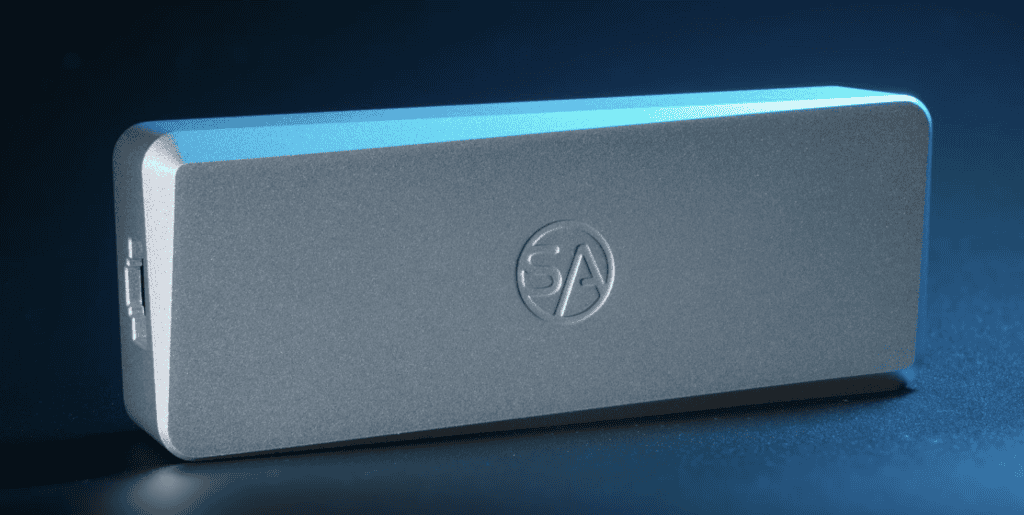
That is, in my social media circles, if there is one thing guaranteed to trigger the ire of the general HiFi user, its cables. The one thing that tops that in terms of heated debate is fuses. The only other item that will spark a full-scale riot is filtering accessories around Ethernet ports.
Silly, isn’t it? But the Internet is full of silly things.
Excepting his website with you, my lovely readers. I’m talking about…outside <shiver>.
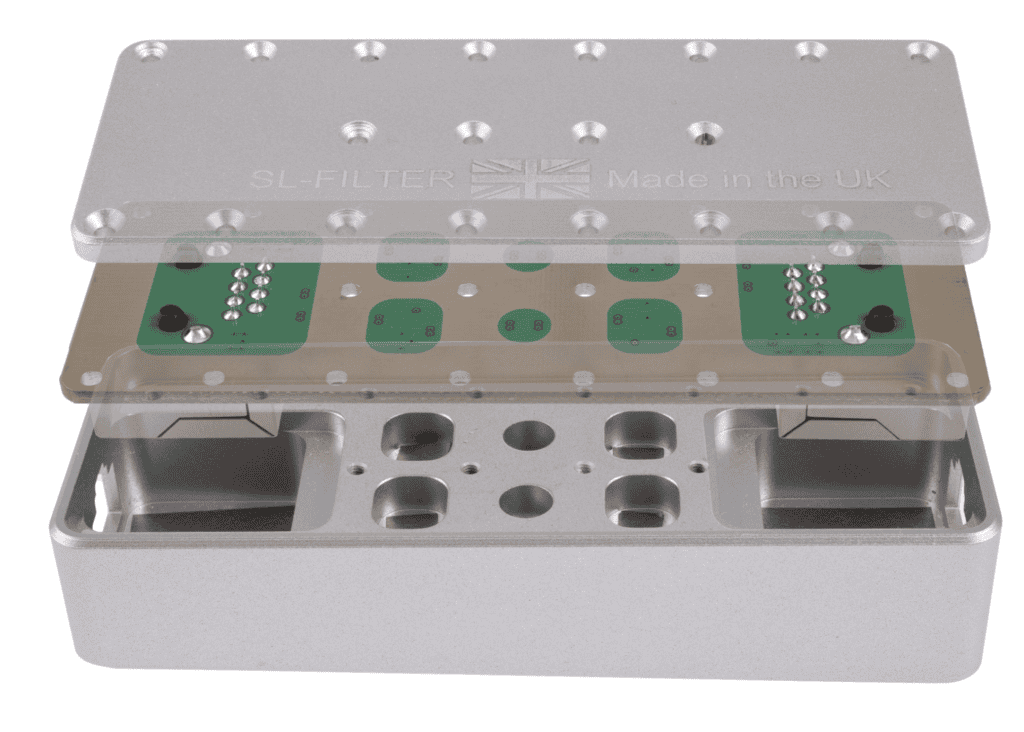
So let’s address that now because I tire of continually addressing this kind of thing in the YouTube comments (or Facebook or wherever).
The problem that most general HiFi users have with digital is their view that it is perfect. It isn’t. Not in its broadest sense.
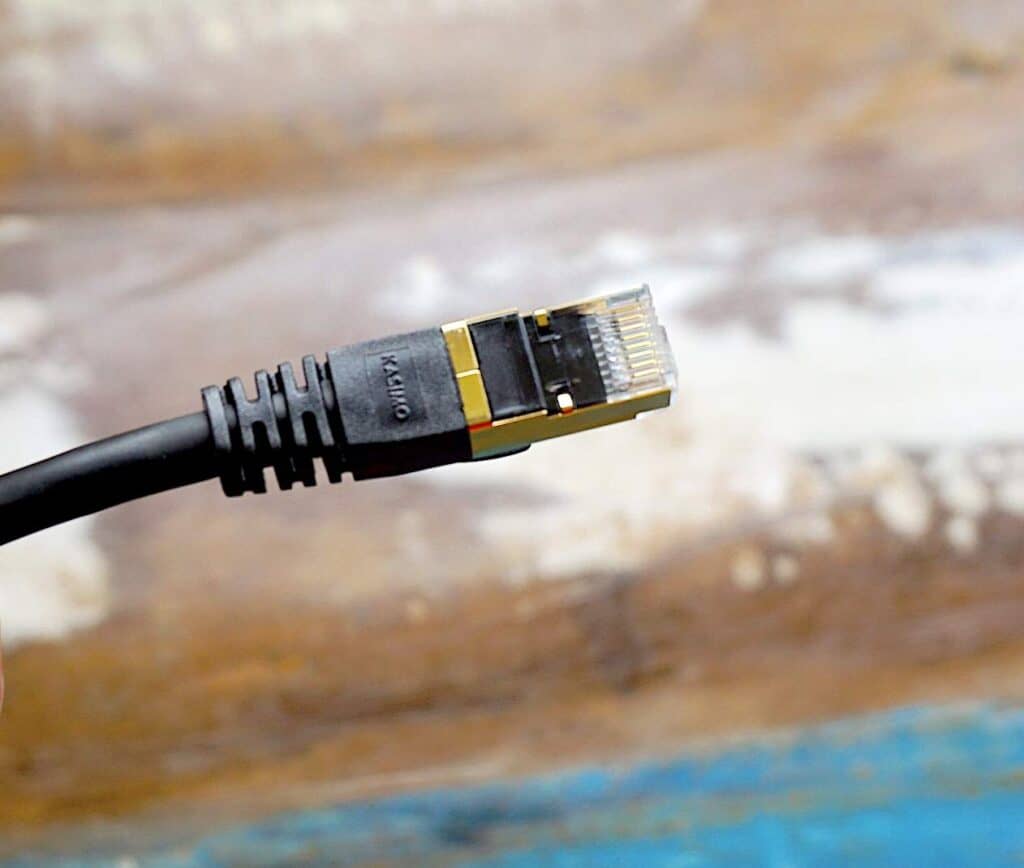
The view is this. That digital is either 1 or 0. It’s either on or off. You can’t alter it or change it in a HiFi chain. That’s not the answer. That’s not even the question. And that’s not why this box from Stack Audio exists.
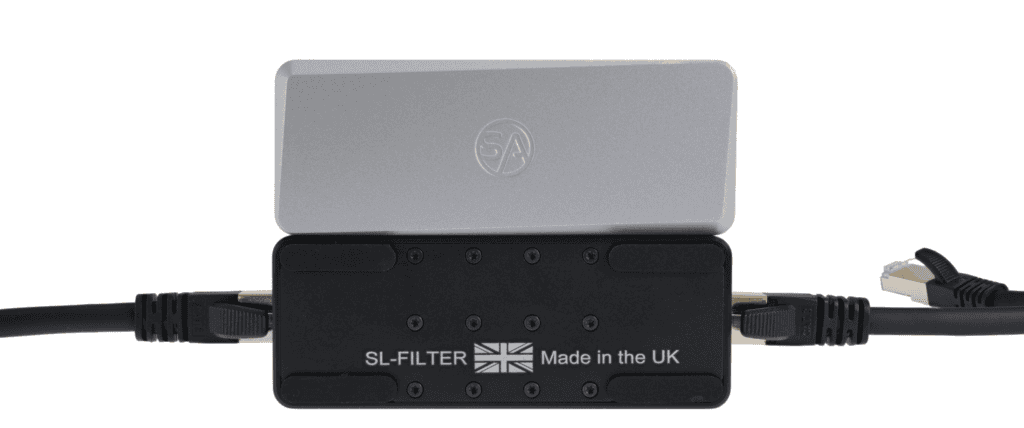
Analogue – whose signal also can’t be changed within a HiFi chain, incidentally, only enhanced and improved (like digital) does it’s thing but is subject to a range of external high-frequency noise. All of that noise is applied outside of the actual signal. And when I say outside, that signal is subject to the machinations of your HiFi system. But it also means your shelving, the rest of your room, your house, your mains supply, your phone equipment, other appliances in your house and your neighbour’s house, the traffic outside, the street lighting outside and on…and on. All of that can affect digital too.
DIGITAL PERFECTION?
You might think that digital is “perfect”. I do not but that’s a different bucket of resistors. Via a half-decent DAC, digital offers a degree of computational accuracy and a certain amount of efficiency but digital can also send a message to my local council demanding to know why this week’s bins haven’t been emptied. Digital is only a carrier. It is not the music.
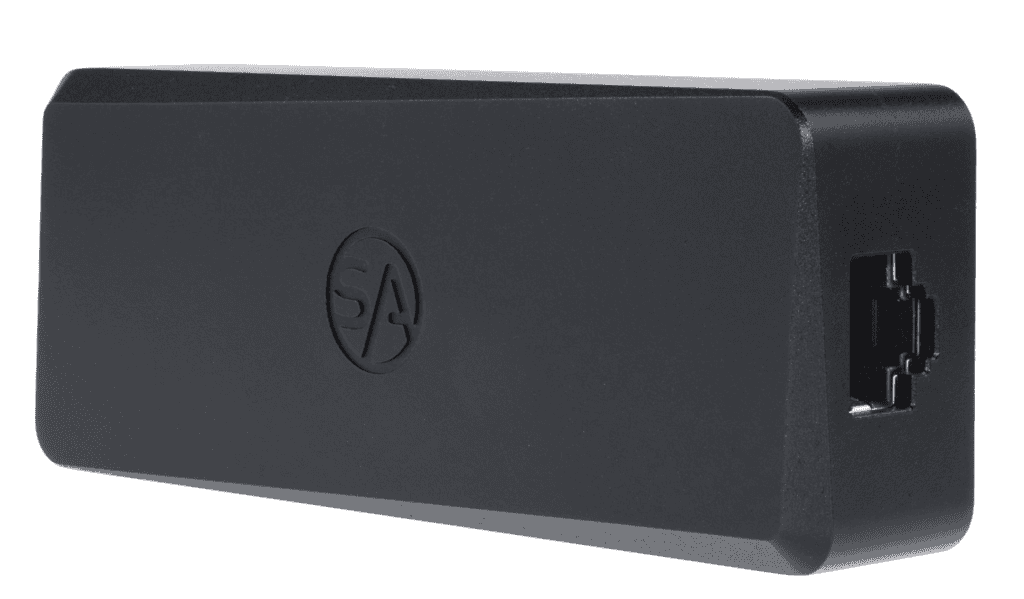
More than that, there’s nothing stopping outside influences giving this “perfect” carrier signal a jab, a push and a tweak. Although for digital we give this parasitic noise infection different terms. So words like jitter is used a lot, crosstalk makes an introduction but other annoyances remain too like EMI (not the record label), RF and the rest. All outside influences, all latching on to the digital signal and all of which we can hear.
To repeat, we hear this parasitic rubbish. In addition to the digital signal. As well as the digital signal.
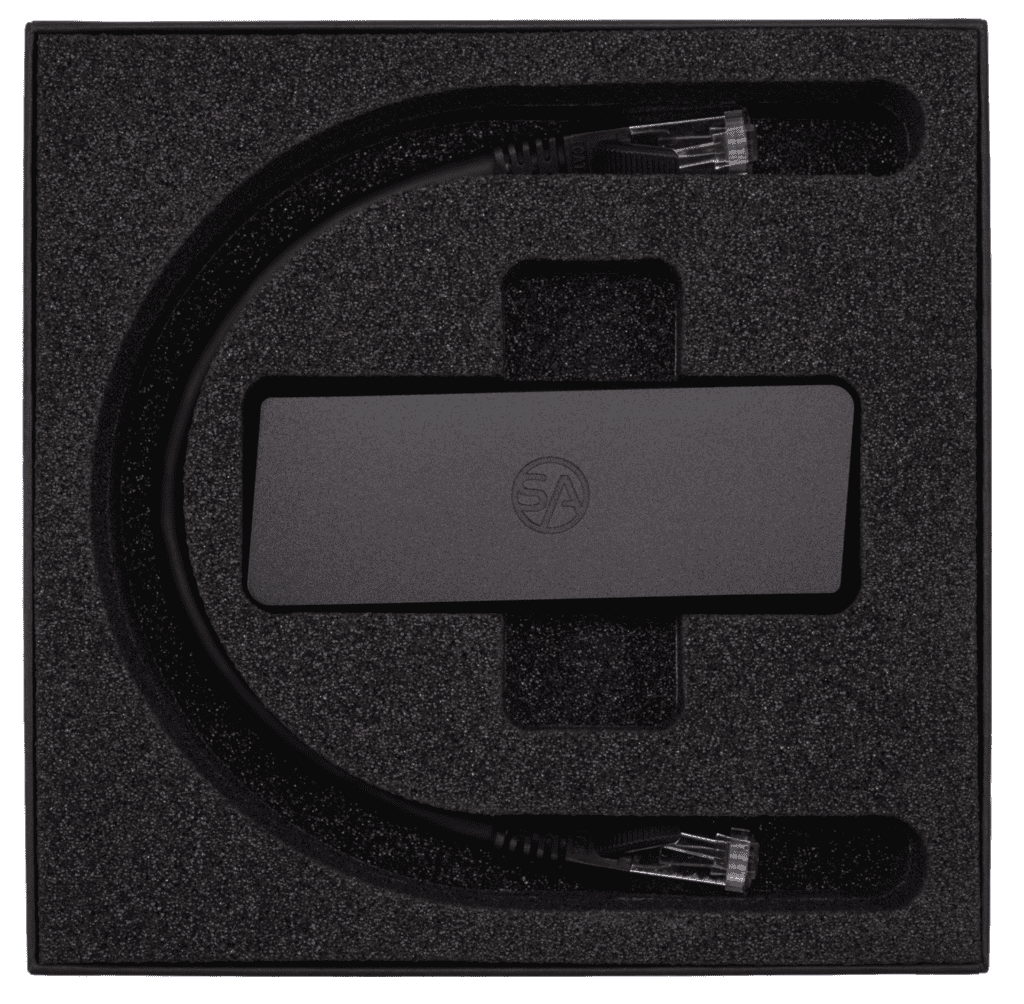
It’s like listening to a dusty record. The record from the vinyl disc hasn’t been altered or changed in any way. But we hear the dust as well. The dust is added, connected, fused to the vinyl music signal. It is added to the music. It gets in the way. Some people think the music and the dust is the music itself. It is not.
Digital is no different. No different at all. Why? Because the digital signal is not pumped into your ears via a perfect delivery system. It is delivered to your ears via a wholly imperfect, clunky, hammered-in-a-factory-somewhere box with flashing lights and a power button. All of that is weak to parasitic aural rubbish.
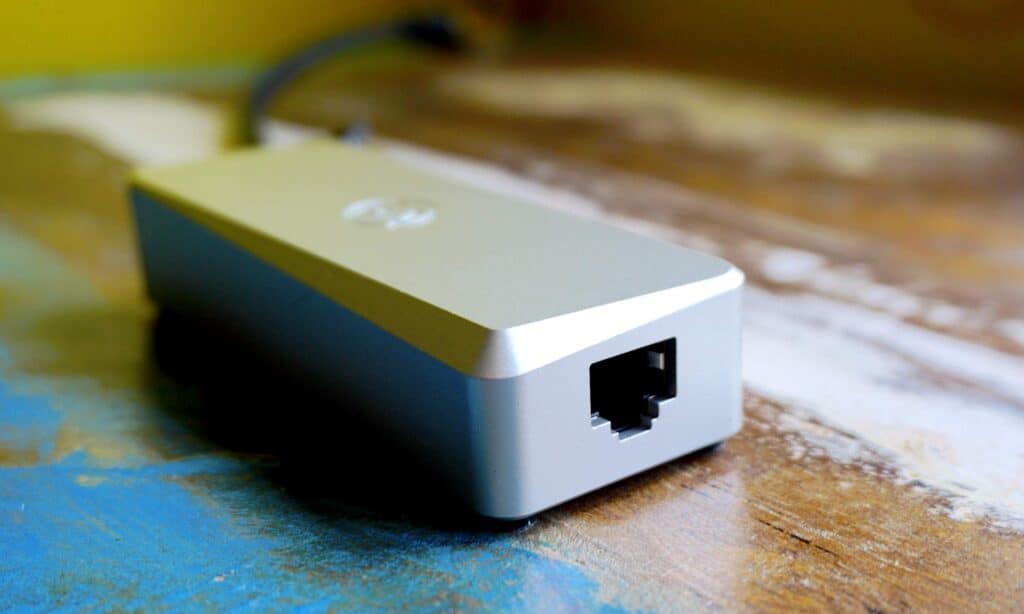
So you see? You are not only listening to a music signal when you listen to HiFi. You are listening to a sound signal + parasitic rubbish of various stripes and colours produced by a gamut of devices and technologies, most of which have nothing to do with sound. Shouldn’t be connected to the sound. Have no reason to be anywhere near the sound.
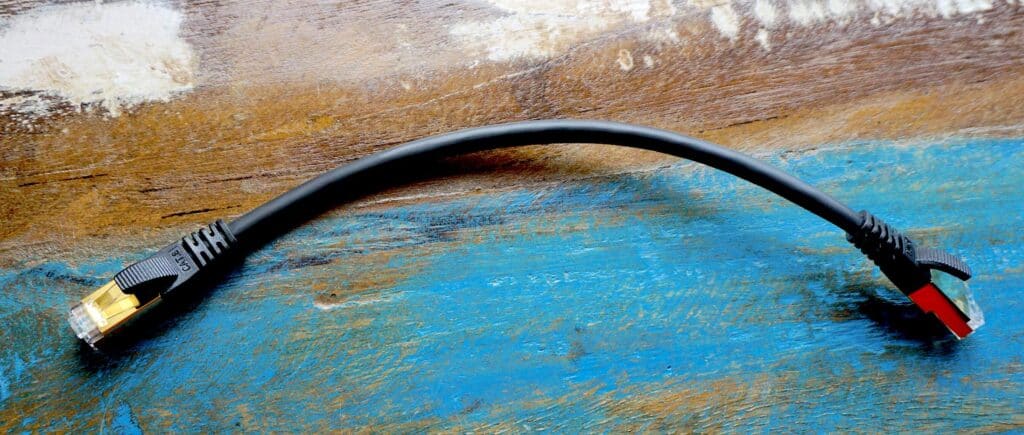
The SmoothLAN from Stack Audio, aims to remove at least some of that (there is no silver-bullet product out there that tackles everything, I hasten to add and if it did you would probably have to step inside it to hear your music).
AND YOU ARE…?
So what is it? The SmoothLAN. It’s a box with two Ethernet sockets and a spare Ethernet cable. Why? Because it sits between your home network and Hi-Fi system. Inside are six isolation circuits which are individually enclosed in separate pockets within an aluminium case. That case is also heavily shielded. That isolation is aimed at reducing noise all on it own. In addition, there are EMI absorbing materials featured within. The whole lot is completely sealed. This is why there are 20 screws around this small box. The idea is to remove any micro gaps. Even the circuit board features shielding around the traces. There’s also grounding tech. Each circuit on the PCB is surrounded by copper, grounding it to the case.
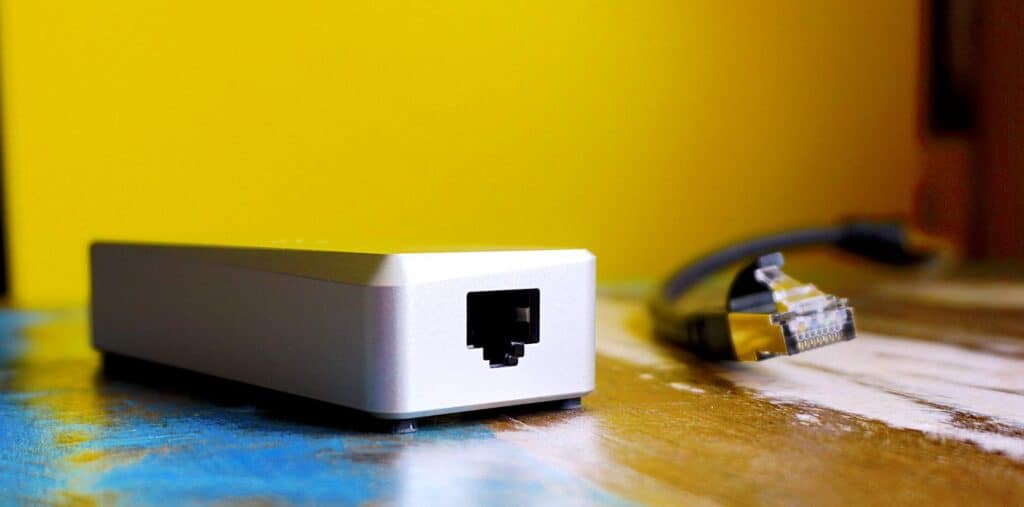
The included 25cm cable is a bit special because again, it has been created to reject noise and interference. Not to ‘improve sound’ per se. But to reject rubbish so you can hear more music and that improves the sound. On an ipso facto level, you might say.
Available in black or silver, spanning 104 x 40 x 21.5mm and weighing 200g, this neat little package is aimed at streamers handling data speeds of up to 100Mbps.
SOUND QUALITY
So how does it sound then? I powered on my Melco N50-S38 Music Server to find out.
I also grabbed a copy of Bob Marley’s Jamming at 24bit/96kHz and took a listen by sending that file from my MacBook to the Melco via a Twonky server and Ethernet via my local network.
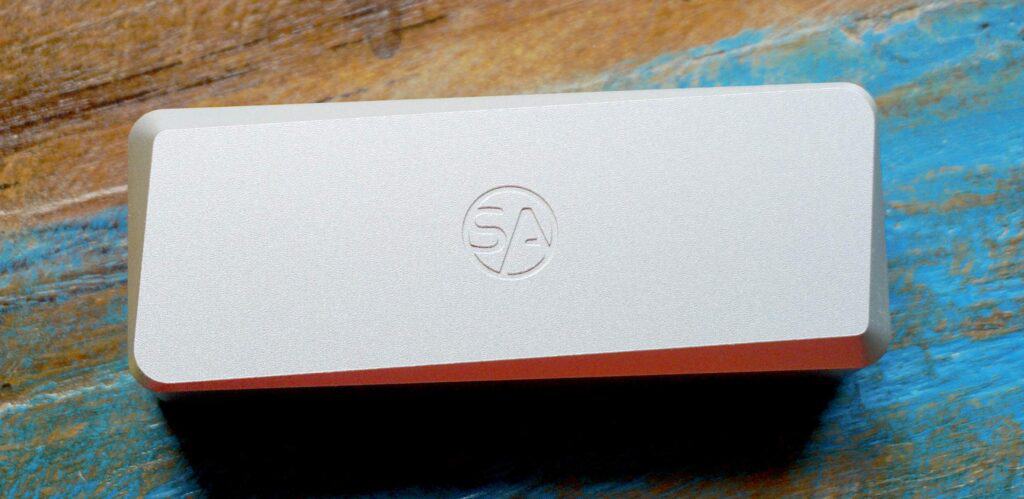
There is a lot going on in this track. The perennial threat is that most of it will be covered and hidden by the dominant bass.
What actually happened with the SmoothLAN in place? A lot. Firstly? The gain rose. I had to pull back on that by a couple of clicks on my pre-amp to find the earlier volume. Presumably because there wasn’t the same amount of rubbish dumbing the sound down all of the natural studio (over) compression. This is an early reggae track, after all.
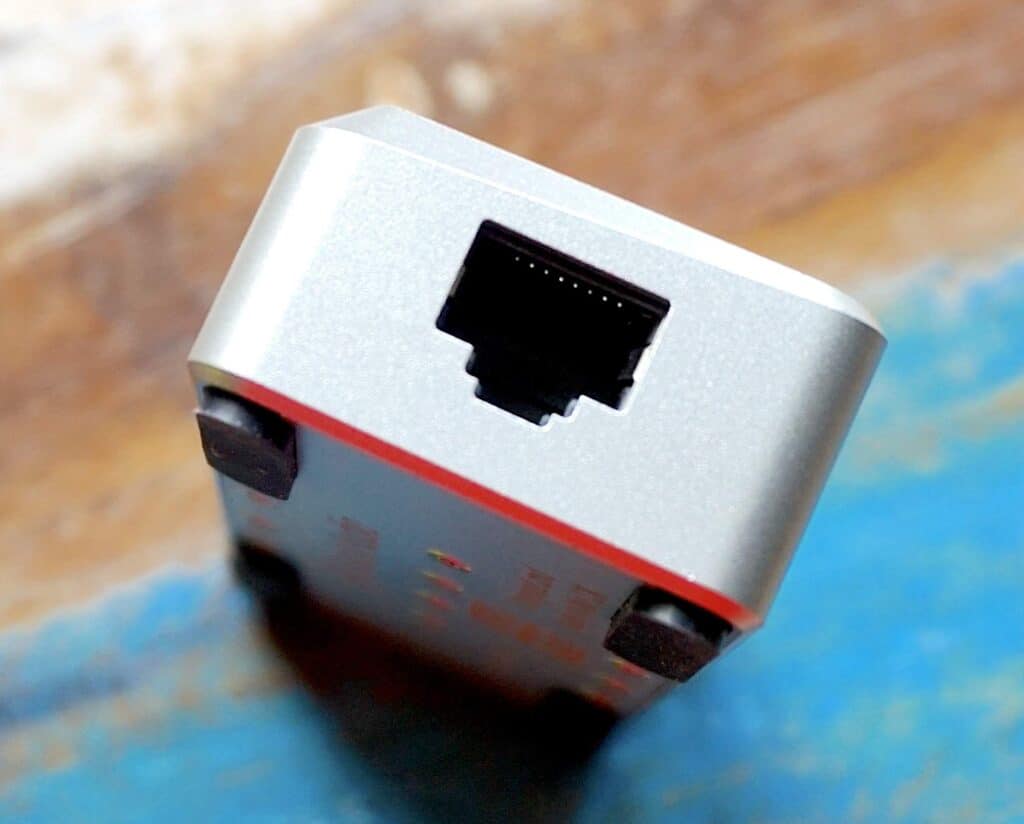
Next? The lead vocal and harmonies were far more articulate now. In how they sang the words of the lyrics. Words were formed and presented in a more recognisable manner and with reverb tails hanging off each, for the first time. The backing vocals were especially notable for the amount of air and space surrounding them.
NO TIZZ
Tonally accuracy allied itself to a reduction in compression. But the cymbal strikes now sounded more like cymbals and not just pure tizz.
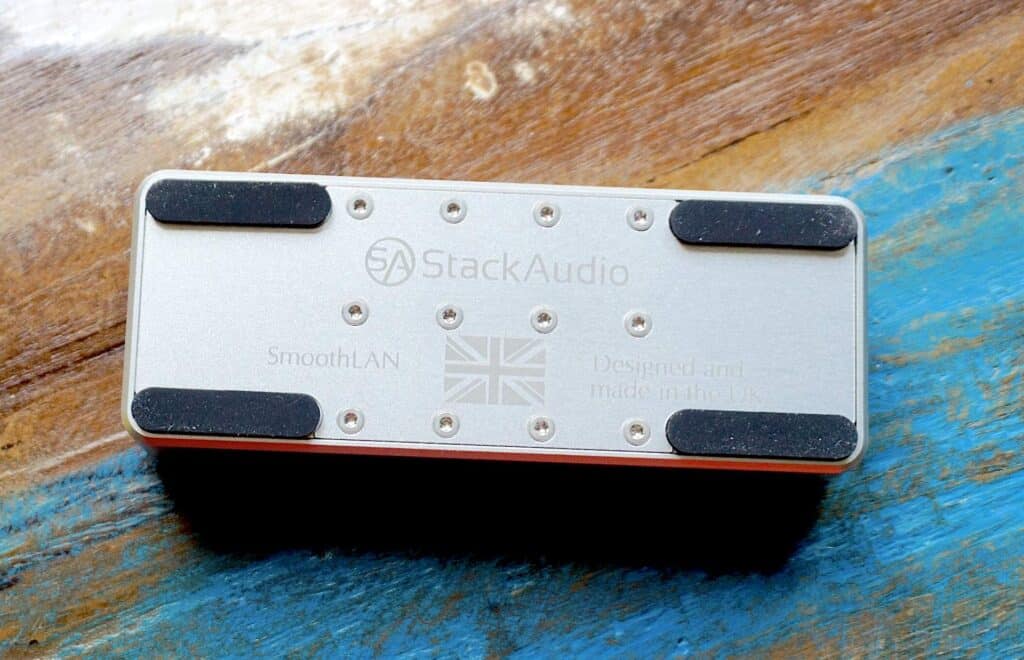
On Grand National’s Talk Amongst Yourself, a notoriously bright track on CD (16bit/44.1kHz rip), that brightness could still be heard but what the SmoothLAN did here was unravel a host of new information. Information I had not heard before. New instruments, new soundstage complexity, more expressive emotion from the vocal delivery. I do not exaggerate when I say that this track sounded like it had been remixed. It sounded 100% more complex now. Far richer in content. I thought Steven Wilson had popped by with a few minutes to spare. At it again, eh, Steven?
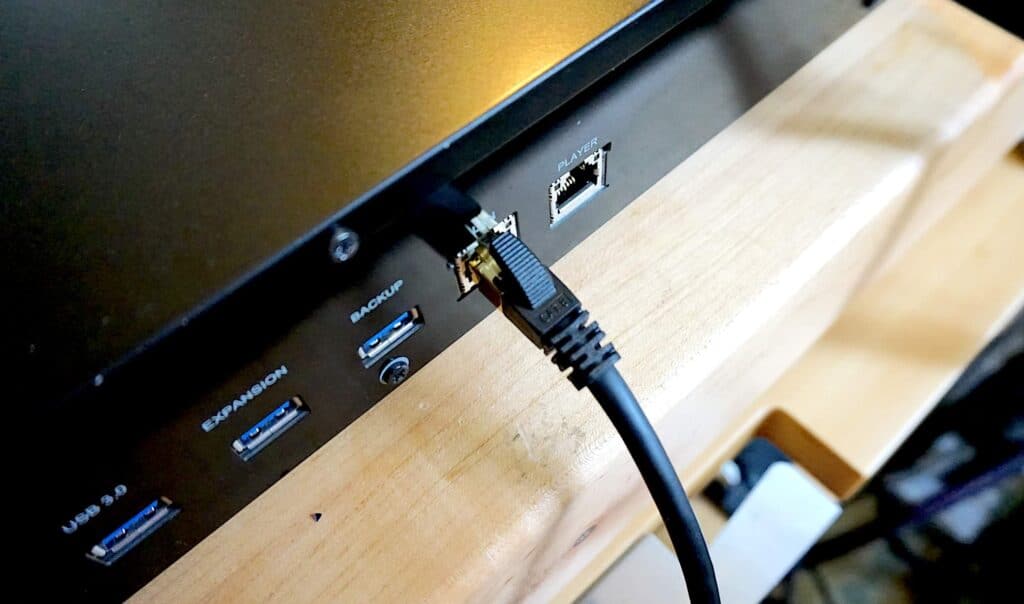
Moving to jazz and Sonny Rollins’ St. Thomas (24bit/96kHz), this one was better recorded so the gain fell this time and I had to push it upwards by a couple of clicks. The Rollins sax now sounded more tonally bananced. Earlier? There was an upper-midrange edge to his entire performance. That had gone now. Cymbals were delightfully delicate with plenty of extra reverb allowing the cymbals to float on forever while there was much more air around the performance as a whole. That soundstage was now larger.
CONCLUSION
The SmoothLAN is very easy to install. One end goes into your HiFi box – in my case the rear of the Melco. The other end received the Ethernet cable that ran to my extender (or possibly router in your case). So that part of the product is easy.
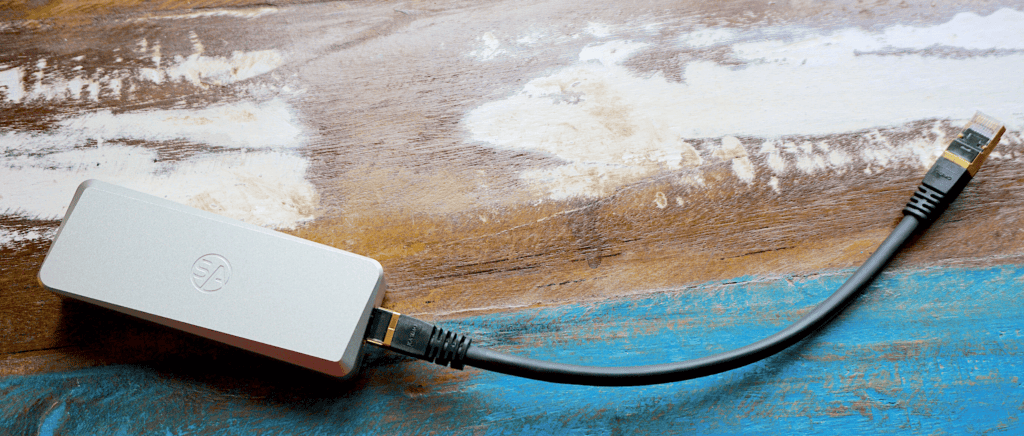
In terms of performance, does it work? Absolutely it does and, if you have read the wordage above (And if not why not?) then you will know by how much. The clarity spilling out of the speakers when the SmoothLAN is attached to the HiFi chain transforms the performance of my digital-based HiFi system. It will also change yours. The Stack Audio SmoothLAN is tantamount to a principle component upgrade which in fact, it is. Every home – and hifi – should have one.
STACK AUDIO SMOOTHLAN NETWORK ENHANCER
Price: £240 (Covered by a 30-day money-back guarantee.)
Website: stackaudio.co.uk
GOOD: low noise, clarity, detail, tonal realism, easy installation
BAD: nothing
RATING: 8
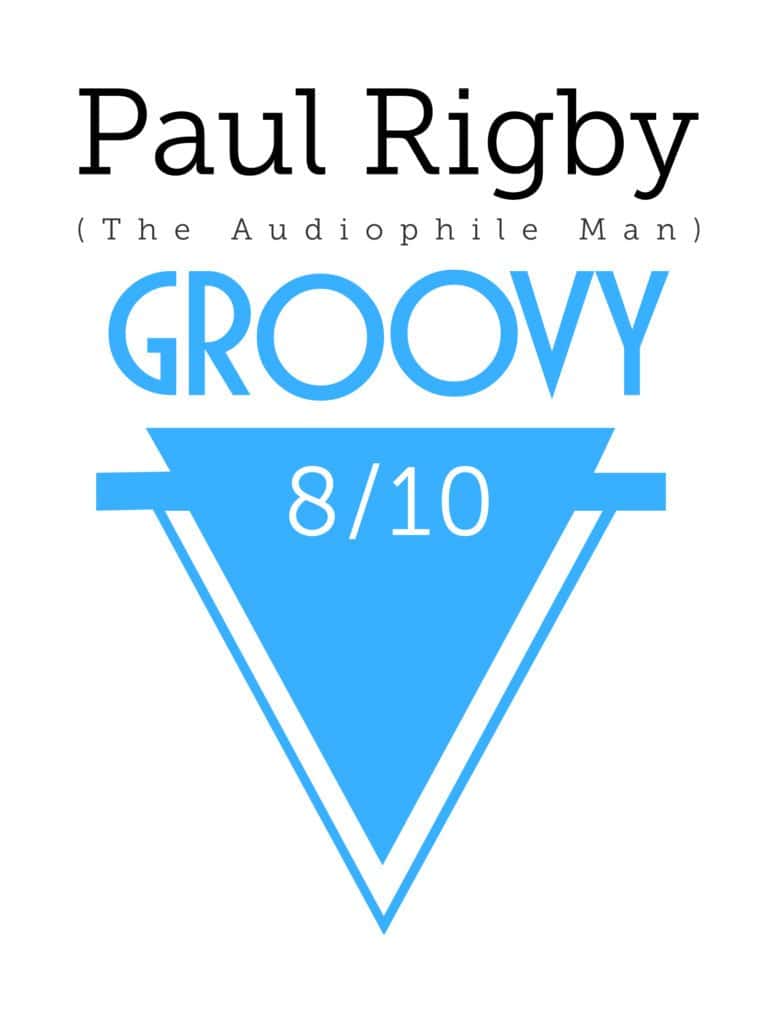


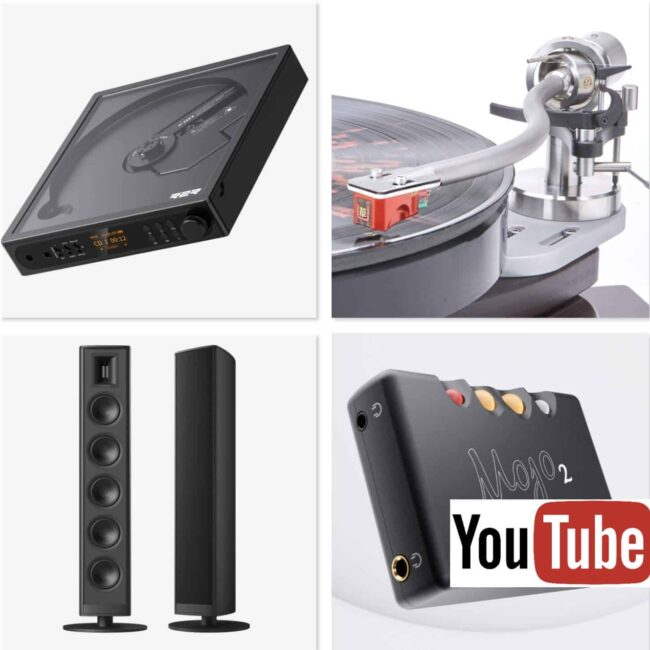
Paul please stop finding ways to spend my money, did you mention Stack offer a 30 day money back if not satisfied.